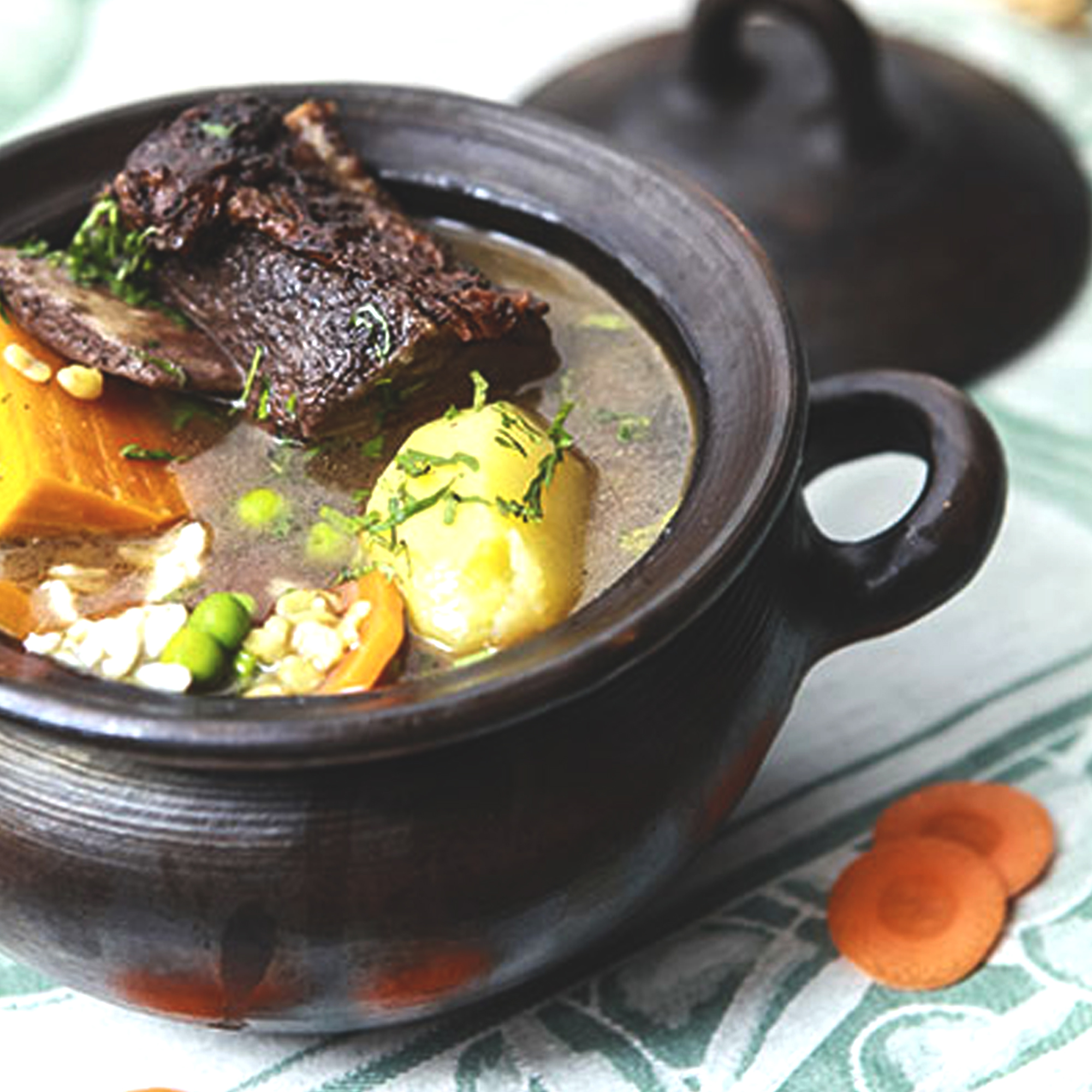What a great way to serve soups or stews made on your Pomaireware pots than on this beautiful soup bowl. The bowl is unglazed earthenware, thick and good at heat retention. They can be used in the oven or broiler, on a stove top, over a an open flame or even on charcoal if you need to finish some cooking or to serve au gratin. The outside finish is the result of a smoking process which results in an uneven dark brown exterior.
| |
|
| Item Number: |
CHL-2057-05 |
| Dimensions (inches): |
|
| Length: |
5.5 |
| Width: |
5.5 |
| Height: |
3.0 |
| Capacity: |
20 oz |
| How we measure |
 |
About Pomaireware
One of the most important characteristics of Chilean Creole cuisine the clay vessels from Pomaire. They come in a variety of sizes and shapes, from the classic olla (pot), to casseroles, pitchers, water jars, plates and bowls; they hold heat wonderfully and impart a special flavor to food, and can be used in the oven or directly over a flame. A pastel de choclo (corn pie) or paila marina (seafood stew) is almost unimaginable in anything else.
Pomaire is a village of 10,000 or so, some 35 miles SE of Santiago, Chile and an attractive tourist destination for visitors who come to buy the world renowned pottery and enjoy the Chilean Creole cuisine. The city’s pottery or Pomaireware™ has put it on the map in the culinary world.
Appearance
As with most handmade products by artisans around the world, the pieces may have slight imperfections in the form or finish of the materials. Sometimes sizes of same model pieces may also vary slightly, however, these imperfection do not compromise the aesthetics or functionality of the pieces and are considered normal and to be expected. This is especially evident on the outside coloration which depending on its position inside the kiln, the coloration pattern and intensity will be unique to the piece. Likewise, although lids are made individually to match each pot, they do not always fit perfectly as the two parts may shrink differently during the firing process.
You may observe with certain use that your pieces may change in color, especially on the bottom where there is direct contact with heat. This is normal and does not affect the pieces in any way.
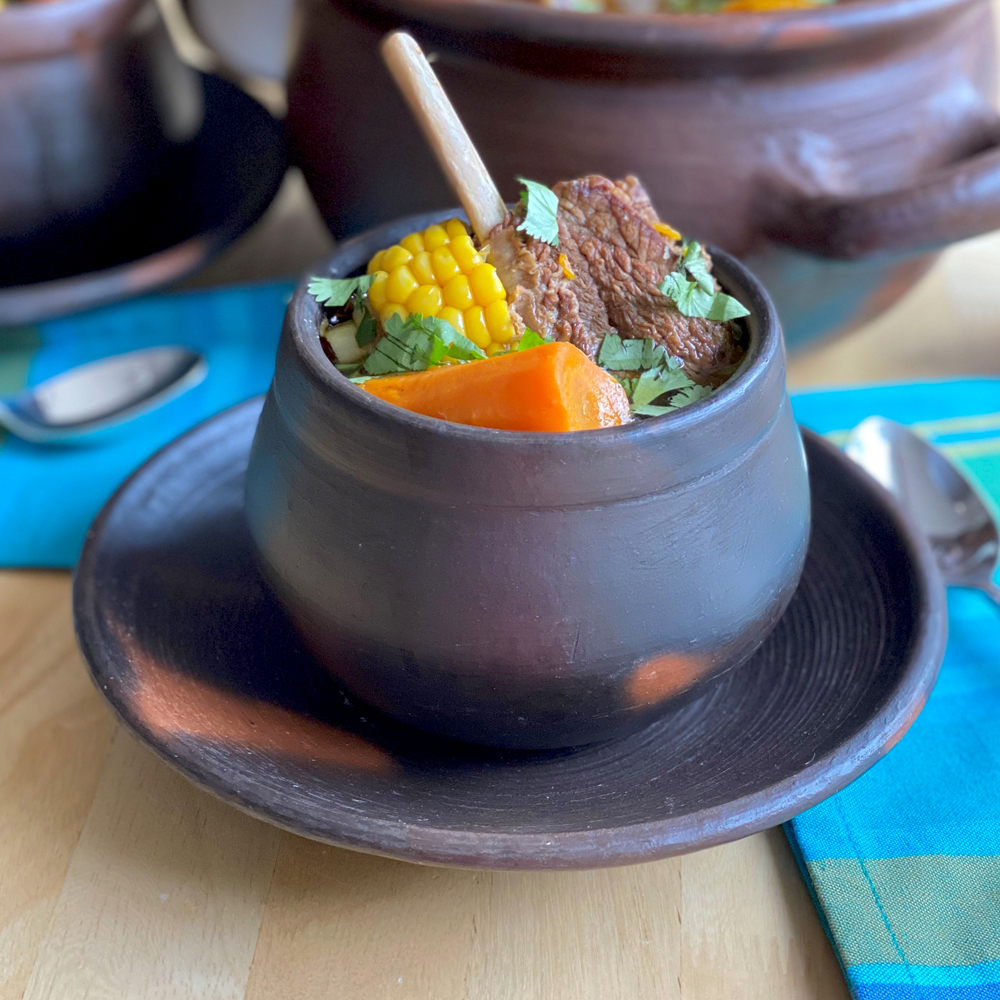



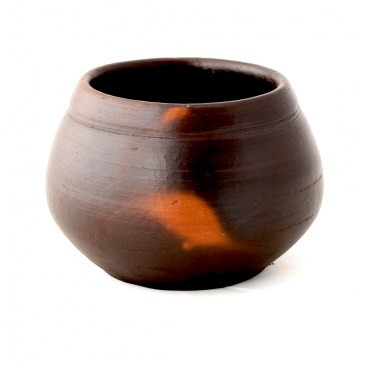


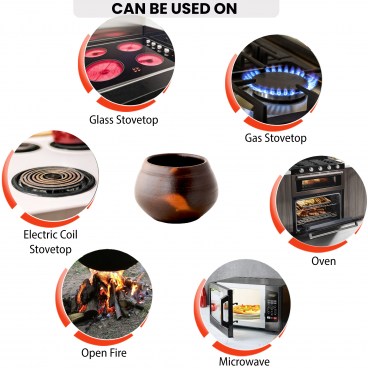


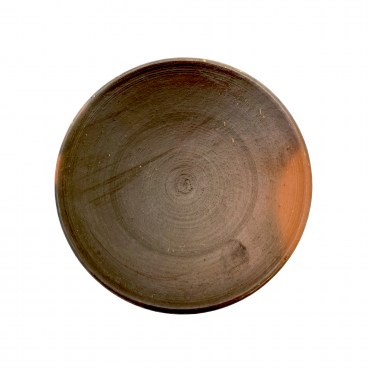 Pomaireware Clay Plate - Small
Pomaireware Clay Plate - Small Pomaireware Round Pot
Pomaireware Round Pot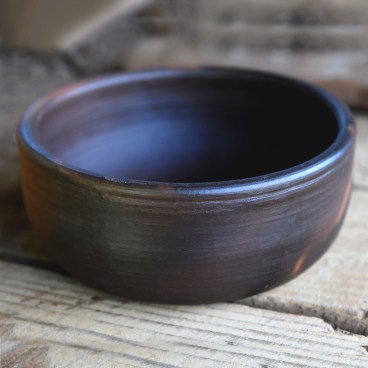 Pomaireware Straight Sided Bowl
Pomaireware Straight Sided Bowl Pomaireware Pig Faced Salsa Dish
Pomaireware Pig Faced Salsa Dish
